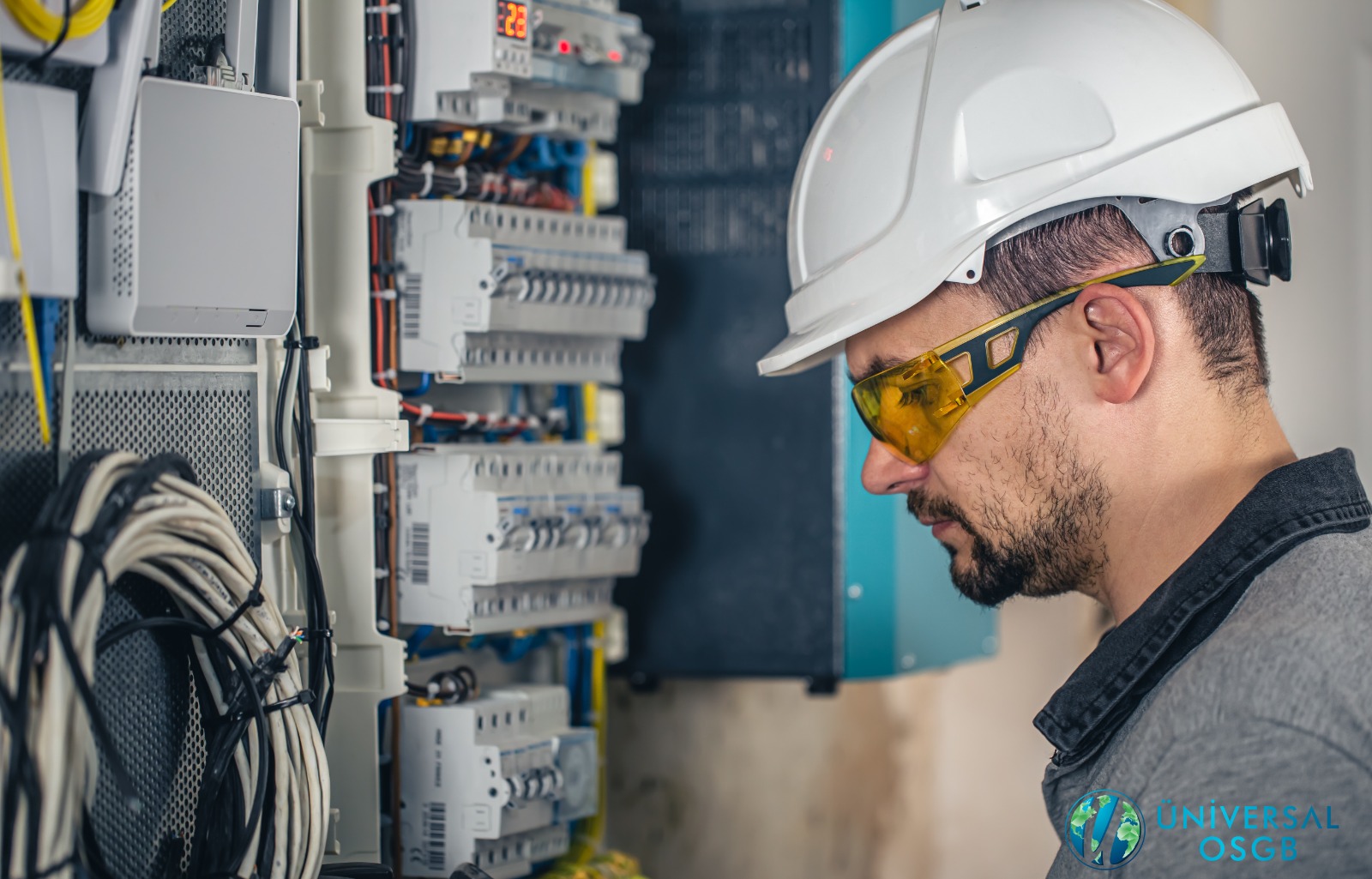
What Should First Aid and Aftercare Be Like in Case of Electric Shock?
Electric shocks are serious and life-threatening conditions due to the damage caused by the electric current passing through the body on the nervous system, muscles and internal organs Nov. First aid applications are of great importance when exposed to electric current, because quick and accurate interventions can increase a person's chances of survival and prevent possible permanent damage. Here are the first aid interventions that should be performed during electric shocks and the care steps that should be followed afterwards:
- Ensure Safety: In the event of an electric shock, be sure to ensure your own safety first. The person who was hit may still be under electric current, so direct intervention should be avoided. Turning off the electricity supply or turning off the fuse is the first step. If it is not possible to reach the electricity source, separate the person from the current using a dry and insulating object (wooden stick, plastic).
- Check Consciousness: After disconnecting the person from the power supply, check his consciousness and whether he is breathing. If the person is unconscious and not breathing, emergency medical assistance should be called immediately.
- Apply Basic Life Support (TYD): If the person is not breathing and does not have a pulse, basic life support (heart massage and artificial respiration) should be applied. This increases the person's chances of survival until the medical team arrives. If you do not have enough knowledge about performing CPR, call the emergency helpline and ask for a referral.
- Control of Burns and Wounds: Electric shocks usually cause burns on the skin at the entry and exit points. Protect the area from the risk of infection by placing a clean cloth or bandage on the burned areas.Jul. If deep burns are involved, be careful not to apply any cream or ointment to the burn area.
- Comfort the Person: After an electric shock, the person may go into shock. Symptoms of shock include pale skin, sweating, a fast but weak pulse. Dec. To manage the state of shock, lay the person on his back and slightly raise his feet up. This helps to direct the blood flow to vital organs.
- Expect Professional Help: Even if the person feels well after the first intervention, a health professional should definitely be consulted. The internal damages caused by the electric current in the body may not be noticed at first. It is vital to go to the hospital and undergo a detailed examination.
Care After Electric Shocks
The long-term effects of electric shocks can vary depending on the type, voltage, and duration of the current being exposed. Therefore, medical follow-up is absolutely necessary after the impact.
- Heart and Nervous System Monitoring: Electrical current can cause arrhythmias by disrupting the heart rhythm. People who have had an electric shock should have their heart rhythms monitored for at least 24 hours. In addition, possible damage to the nervous system should also be monitored, because electric shocks can lead to temporary or permanent damage to the nerves.
- Treatment of Burns and Wounds: Burns are one of the common consequences of electric shocks. Burns can be deep and carry a risk of infection. Regular dressing and antibiotic treatment should be applied when necessary to prevent the wounds from getting infected.
- Monitoring of Muscle and Bone Damage: Electric shock can lead to serious damage to muscles and bones. Nov.1, Nov.1, Nov.1, Nov.1, Nov.1, Nov.1, Nov.1, Nov. The person may experience symptoms such as November muscle pain, spasms or bone fractures. In this case, physical therapy may be required.
- Psychological Support: After an electric shock, a person may experience psychological problems such as post-traumatic stress disorder (PTSD). In such cases, it will be useful to seek the help of a psychologist or psychiatrist.
Since electric shocks are conditions that carry serious health risks, first aid interventions and subsequent medical care should not be neglected. Accurate and quick interventions can be life-saving.
This information is a general guide and it is always the right step to seek professional health assistance in an emergency.
Üniversal OSGB
Occupational Safety and Worker Health Center


